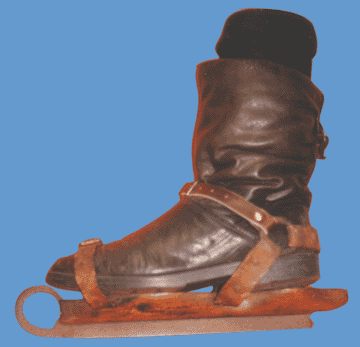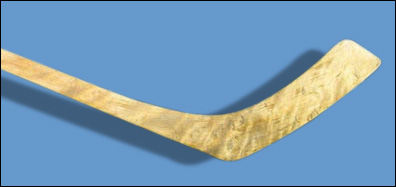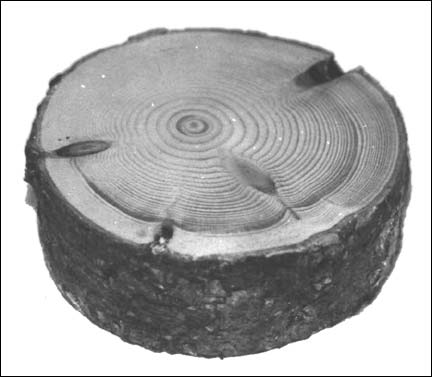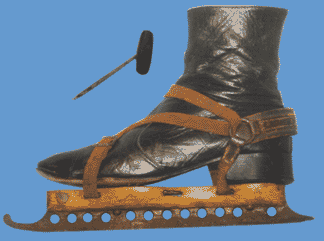Evolution Section 1
11th Century – Skates originated: The word Skate means ‘leg bone’. They were first strapped to feet and used as skates by Scandinavian, Finnish and Dutch people, principally for hunting animals. Skates made from bones and walrus tusks have been found in England, Germany and the Netherlands where they are known to have been used in the 11th-14th Centuries. The metal runner first added to skis by the Norse was the forerunner of the stock/block skate which was invented in Scotland where it was used as pleasure skating began.
| 1572 – Iron-blade Stock Skate invented in Scotland1700s – Stock skates used as skating was popular in Nova Scotia1800 – Stock/Block Skates – hand-made by Blacksmiths, etc. – used as Ice Hurley and Ice Hockey began in Nova Scotia
|
|
| 1800 – Irish Hurley Sticks called ‘HURLEYS’ used as Ice Hurley began in Windsor | 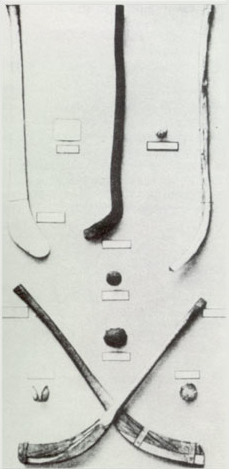 |
| 1800 – Hurley Ball, called ‘Sliotar’ used as Ice Hurley began in Windsor | 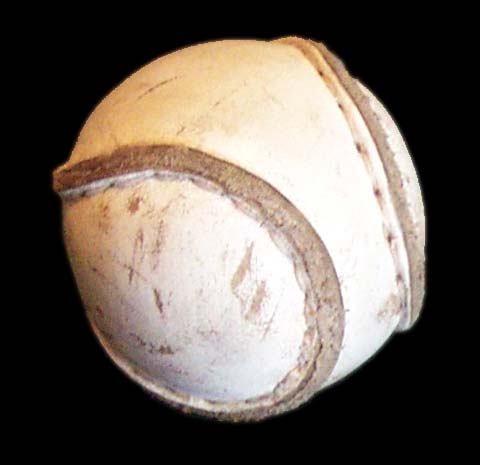 |
| 1800 – Rock and stone goal markers stuck to ice – used as Ice Hurley began | |
|
1860 – “MicMac” “hurleys” and “hockeys” made by Mi’kmaq wood carvers who harvested ‘hockey-roots’ – they used ‘hornbeam’ and ‘birch’ trees |
|
| 1860 – Wooden pucks, cut from tree branches, used instead of unmanageable hurley ball. |
|
|
1861 – Starr ‘Stock’ Skates factory-made in Dartmouth, Nova Scotia.
|
|
Ice Hockey Equipment 1863 – 1899 >>
